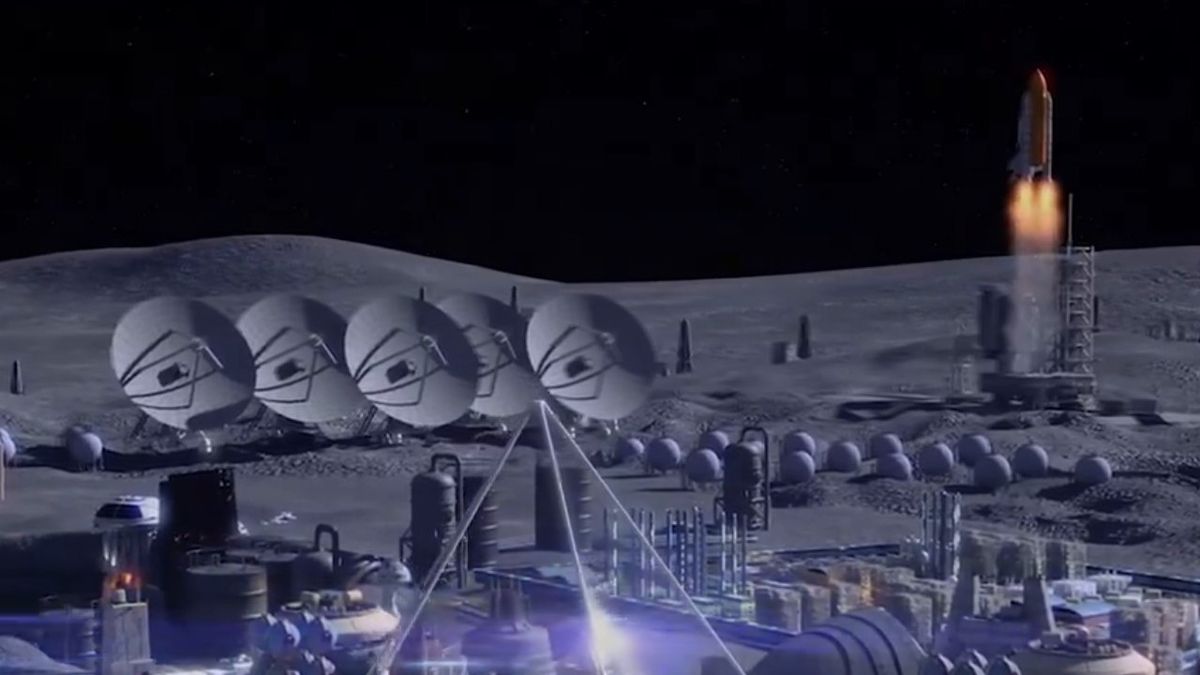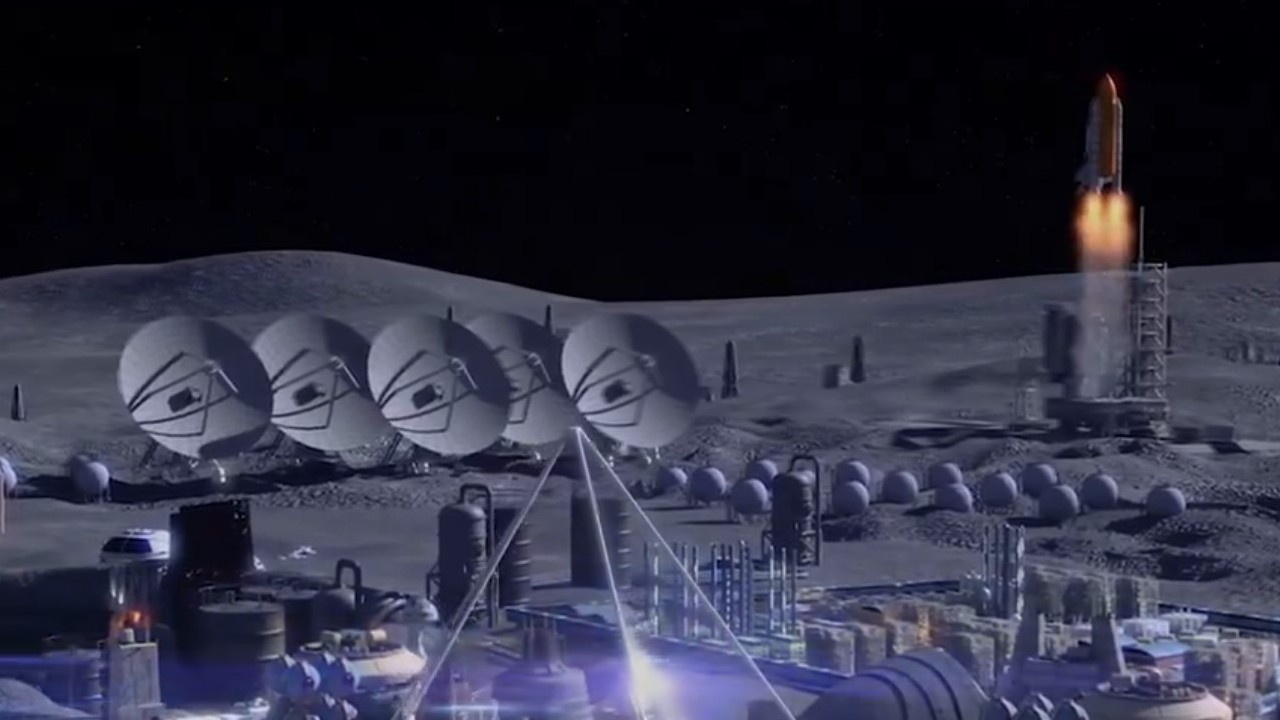
China to test lunar-soil bricks in space to pave the way for its planned moon base
Researchers want to study how bricks made from local moon materials hold up in extreme environments.
China to test lunar-soil bricks in space to pave the way for its planned moon base
NewsBy Andrew Jones
published 9 hours ago
Researchers want to study how bricks made from local moon materials hold up in extreme environments.
When you purchase through links on our site, we may earn an affiliate commission. Here’s how it works.

A still from a video released by the China National Space Administration (CNSA) that outlines its concept for a lunar base to be developed across the next couple of decades.(Image credit: China National Space Administration)
China will send samples of bricks to its space station in the coming months to test their durability in extreme conditions and potential use in building moon bases.
Samples of bricks made of varying compositions from lunar soil simulant will be launched to the Tiangong space station aboard the upcoming Tianzhou 8 cargo mission, according to a report from Chinese state media CCTV.
The bricks will be subjected to three years of exposure tests in space. They will be bombarded by ultraviolet light and cosmic rays and subjected to temperature differences. This will test the strength and durability of bricks in extreme environments and how the materials behave in the vacuum of space.
The experiment is designed to give insight into which composition and which methods of producing bricks from lunar soil will be most suitable for building structures on the moon.
One method for creating these bricks, according to CCTV, involves heating the simulant to over 1,830 degrees Fahrenheit (1,000 degrees Celsius) using electromagnetic induction in a sintering furnace. This process fuses the material into solid structures, creating a 7-inch-long (18 centimeters) brick in just 10 minutes.
Launching materials to the moon is tremendously expensive, so using lunar resources locally could greatly reduce costs and increase possibilities for lunar exploration. This is known as in-situ resource utilization (ISRU).